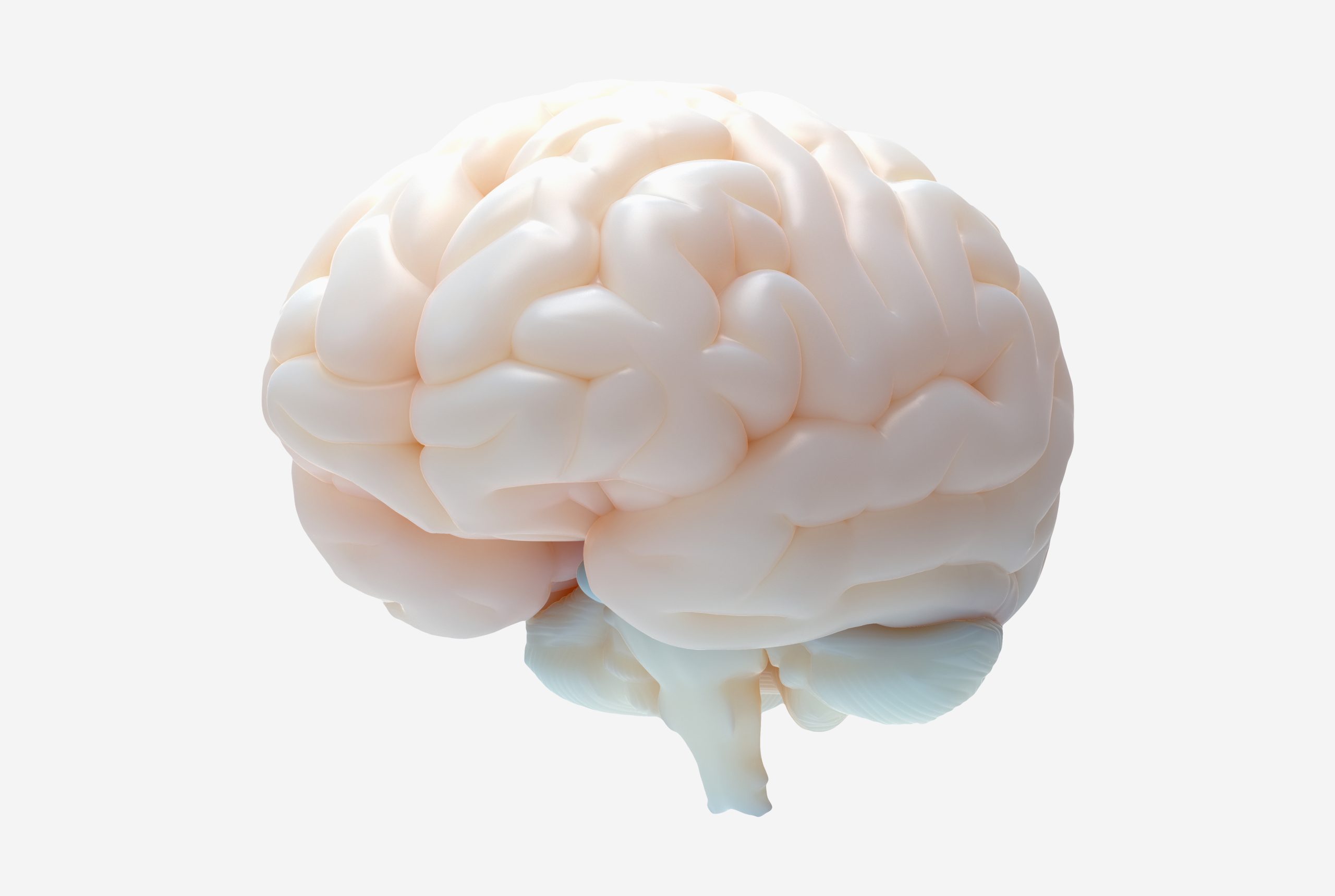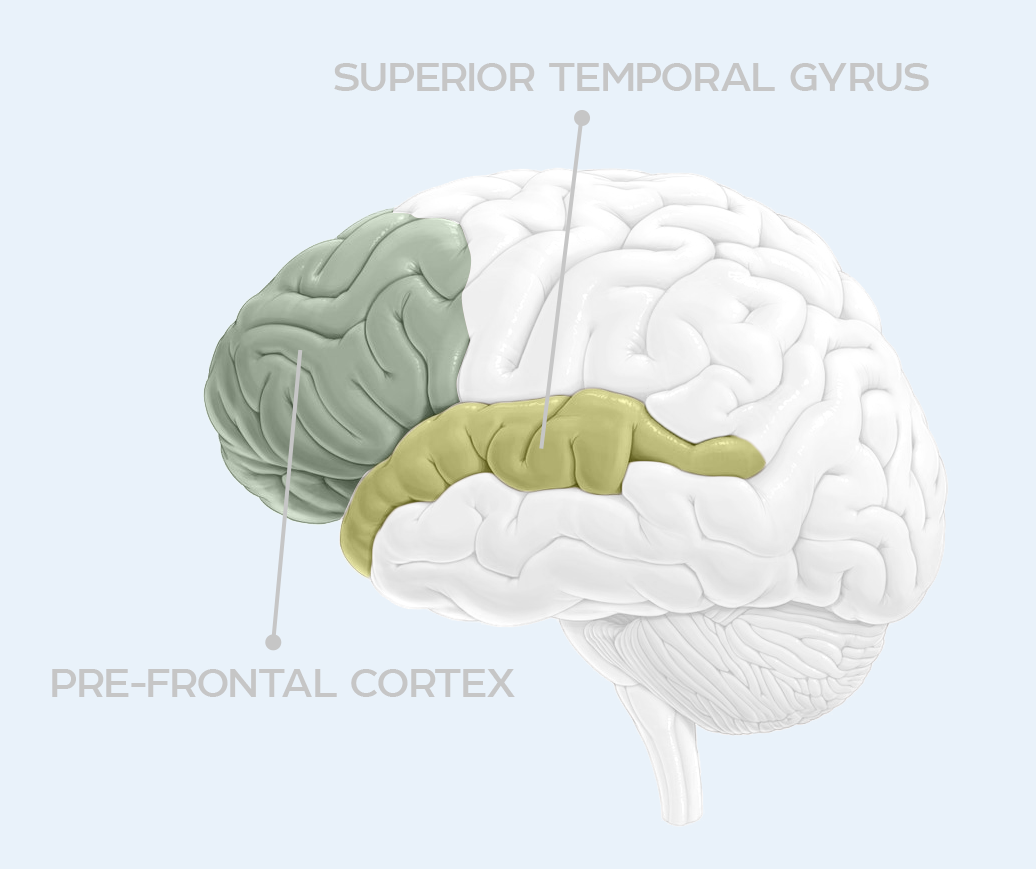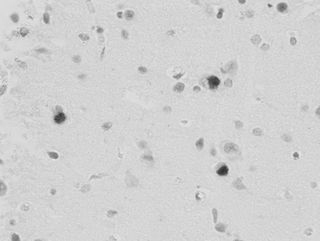stories on progressBreakthrough research links deformed proteins + schizophrenia.
January 1, 2023

the Kurzweil Library
set :: stories on progress
— contents —
~ story
~ graphics
~ report
~ about
~ reading
story |
New research from medical scientists at Johns Hopkins Univ. linked abnormally formed proteins in the human brain with the psychiatric illness called schizophrenia — in a significant number of patients. While they’re not yet sure what the connection is, the study reports that deformed proteins were found in the brains of many patients who were diagnosed with schizophrenia.
This leads researchers to guess that deformed proteins had a role in the disease — either as a cause or an effect. The team says this link is an important clue to gaining knowledge about schizophrenia. It’s a mysterious + incurable illness that’s not well understood.
Valuable research.
The team analyzed post-mortem brain tissue from 42 schizophrenia patients, donated by brain banks across 3 different institutions. They compared these with post-mortem brain samples (from the same collections) of 41 people who had not been diagnosed with schizophrenia. Having samples from different collections enabled the team to test and re-test their results for consistency.
The researchers looked at 2 areas of the brain they believe are disrupted in patients with schizophrenia.
- the pre-frontal cortex
- the superior temporal gyrus
The team looked closely at proteins in those sections of the human brain, dividing them into 2 groups.
- proteins that dissolve in water — called soluble
- proteins that do not dissolve in water — called insoluble
image | below
This graphic highlights the 2 brain regions sampled in the abnormal protein study researching schizophrenia. The model shows a whole human brain, seen from the side.

Possible connection with other diseases.
After they’re assembled by the human body, proteins normally fold-up in a way that makes them soluble. Mis-folded proteins are often insoluble, don’t function properly, or at all — and are linked to many diseases.
The team — thinking about how clumps of insoluble, mis-folded proteins are seen in the brains of patients with Alzheimer disease and other illnesses — wanted to see if they could find evidence of similar pathology in schizophrenia. Unable to access these key brain areas in living patients, they could only look at post-mortem brains.

image | left
An image of human brain tissue under a microscope — showing clumping proteins against the backdrop of normal cells.
Researchers observed these types of chunky + deformed proteins in the schizophrenia study.
credit: Univ. of Pennsylvania
Interesting results.
The results of this research were impressive: 20 of the 42 schizophrenia brains that were analyzed contained significantly more insoluble proteins — compared with the other 22 schizophrenia brains, and the 41 control brains. The researchers then used a physics technique called mass spectrometry to learn more about the proteins in the insoluble portion. They found unique and abnormal proteins in greater abundance.
In a nutshell, mass spectrometry uses high-tech devices to accurately measure the mass of different molecules in a sample. Even large bio-molecules like proteins are identifiable by mass, which means that biologists can perform interesting experiments using mass spectroscopy, adding a new dimension to their research.
Looking forward.
The study’s discovery of deformed proteins is consistent with a theory of schizophrenia that says the illness is related to abnormal brain development.
Abnormal proteins were present in only half of the brain samples from schizophrenia patients. The team said this could be evidence of a sub-type of schizophrenia — which has implications for diagnosis and treatment development.
More research is under way to link insoluble proteins with the cause of schizophrenia, its specific clinical symptoms, and to explore if similar irregularities are present in other psychiatric illnesses.
report |
school: Johns Hopkins Univ.
publication: the American Journal of Psychiatry
report: Increased protein insolubility in brains from a sub-set of patients with schizophrenia
date: May 2019
read | report
IMAGE
about | schizophrenia
Schizophrenia is a psychiatric illness — it’s a chronic, severe lifetime mental disorder that affects how a person thinks, feels, and behaves. People with schizophrenia behave like they’ve lost touch with reality.
It’s not as common as other mental disorders, but the symptoms are disabling — the disease is devastating to patients and their families. Schizophrenia is most commonly diagnosed between the ages of 16 -to- 30.
The symptoms.
There are 3 types of schizophrenia symptoms —positive, negative, cognitive.
a. | positive symptoms are psychotic behaviors not seen in healthy people. People with positive symptoms may lose-touch with reality.
- hallucinations
- delusions
- thought disorders — unusual or dysfunctional ways of thinking
- movement disorders — agitated body
b. | negative symptoms are disruptions in normal emotions and behaviors.
- flat affect — reduced expression of emotions in the face + voice
- depression
- difficulty beginning + sustaining activities
- reduced speaking
c. | cognitive symptoms patients may notice changes in their memory + thinking.
- low executive functioning — the ability to understand + make decisions
- trouble focusing + paying attention
- problems with memory — the ability to learn
Known risk factors.
Several factors contribute to the risk of developing schizophrenia.
a. | inherited genetics.
Scientists have long known that schizophrenia sometimes runs in families. However, there are many people who have schizophrenia who don’t have a family member with the disorder and conversely, many people with one or more family members with the disorder who do not develop it themselves. Scientists believe that many different factors may increase the risk of schizophrenia. It’s not currently possible to use genetic data to predict who’ll develop the illness.
b. | different brain structure.
Scientists think an imbalance in the complex activities in the brain might play a role in schizophrenia.
c. | fetal growth dysfunction.
Some experts think problems during a baby’s brain development before birth can lead to schizophrenia. The brain also experiences major changes during puberty, that might trigger psychotic symptoms in people who are vulnerable because of their genetics, or have existing brain abnormalities since birth.
d. | environmental factors can involve.
- exposure to viruses
- malnutrition before birth
- problems during birth
- psycho-social factors
about | protein
Protein is a macro-nutrient that is essential to building + maintaining healthy body tissues in humans and mammals. It’s commonly found in meat, dairy, beans, and nuts. Proteins are large, complex molecules made-up of amino acids — which are organic compounds made-up of the elements: carbon, hydrogen, nitrogen, oxygen, or sulfur.
Amino acids are the building blocks of proteins, and proteins are the building blocks of our bodies. We intake proteins through the nutritious foods we eat. When we digest proteins they move throughout the body to be incorporated into our biology. When they assemble into the tissues and fluids we need to live, sometimes accidents happen. Especially inside soft or spongy tissues, proteins can become crushed by fluid pressures caused by illness or injury, or by chemicals they bump into that aren’t meant to be there — such as toxins, alcohol, and industrial substances.
Some scientists believe that proteins can become deformed in body tissues when they encounter infectious pathogens like viruses + bacteria. A deformed protein loses its characteristic healthy shape. When the protein’s shape is broken, it can mechanically cause damage to other tissues.
reading |
govt. office: the National Institutes of Health ~ US
story: About schizophrenia.
read | story
— notes —
govt. = government
NIH = the National Institutes of Health
US = the United States
